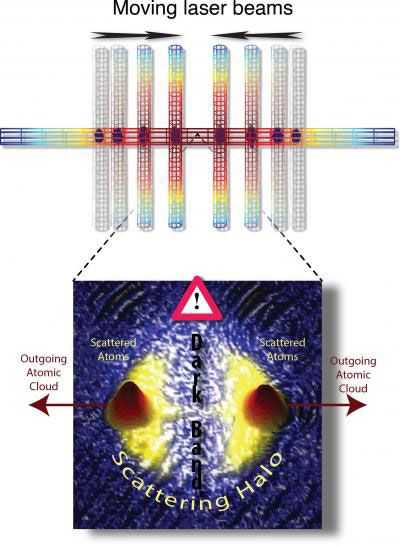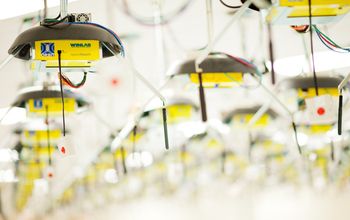Jul 13, 2016
NASA spacecraft sends first pictures since arriving at Jupiter
Posted by Sean Brazell in category: space travel
Great stuff — and far greater still to come!
These optimal low radiation paths in, around, and thru Jupiter’s seething radioactive local space will be absolutely priceless when actual human beings get out there, I’d imagine.
PASADENA, Calif. — A NASA spacecraft has sent back the first pictures since arriving at Jupiter.
Continue reading “NASA spacecraft sends first pictures since arriving at Jupiter” »


















